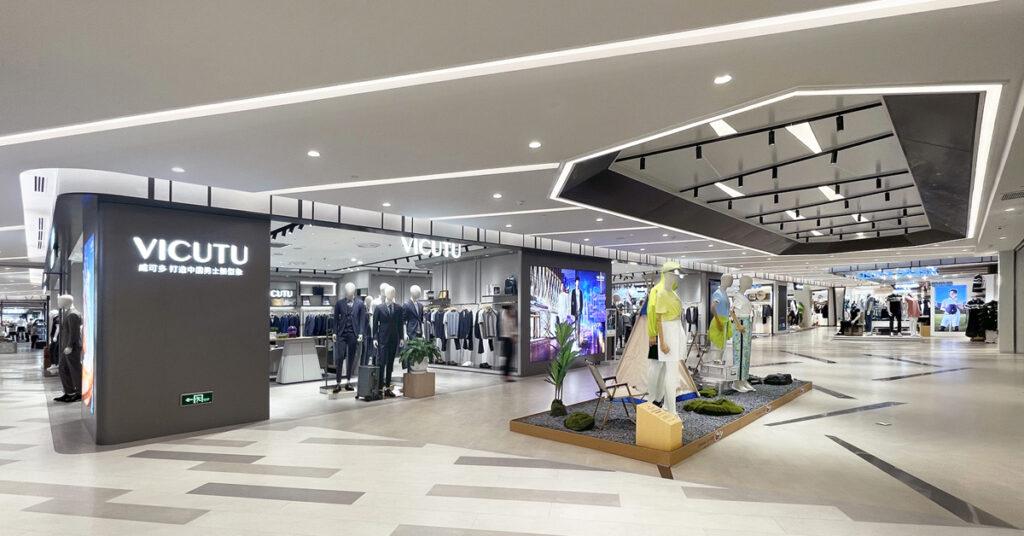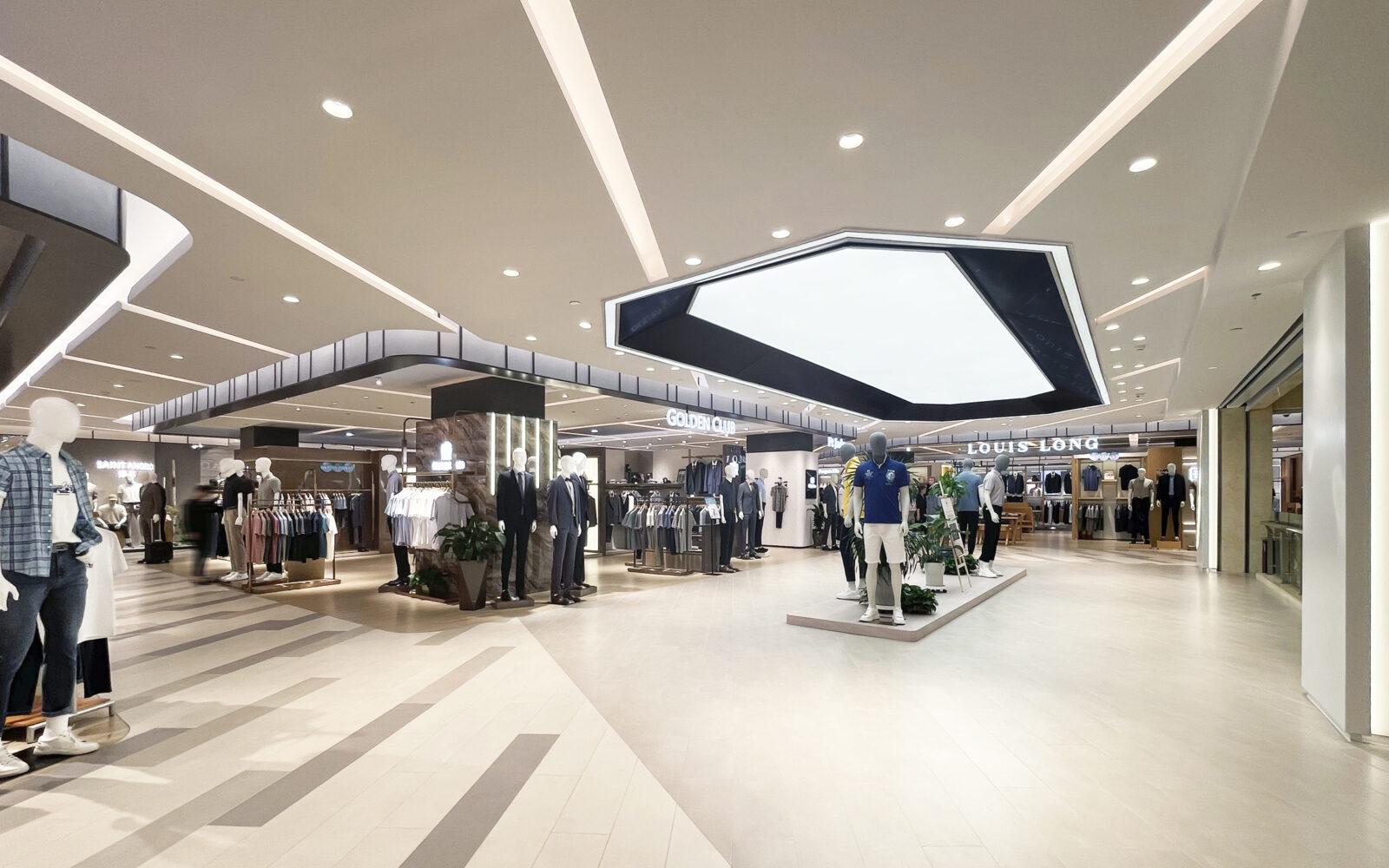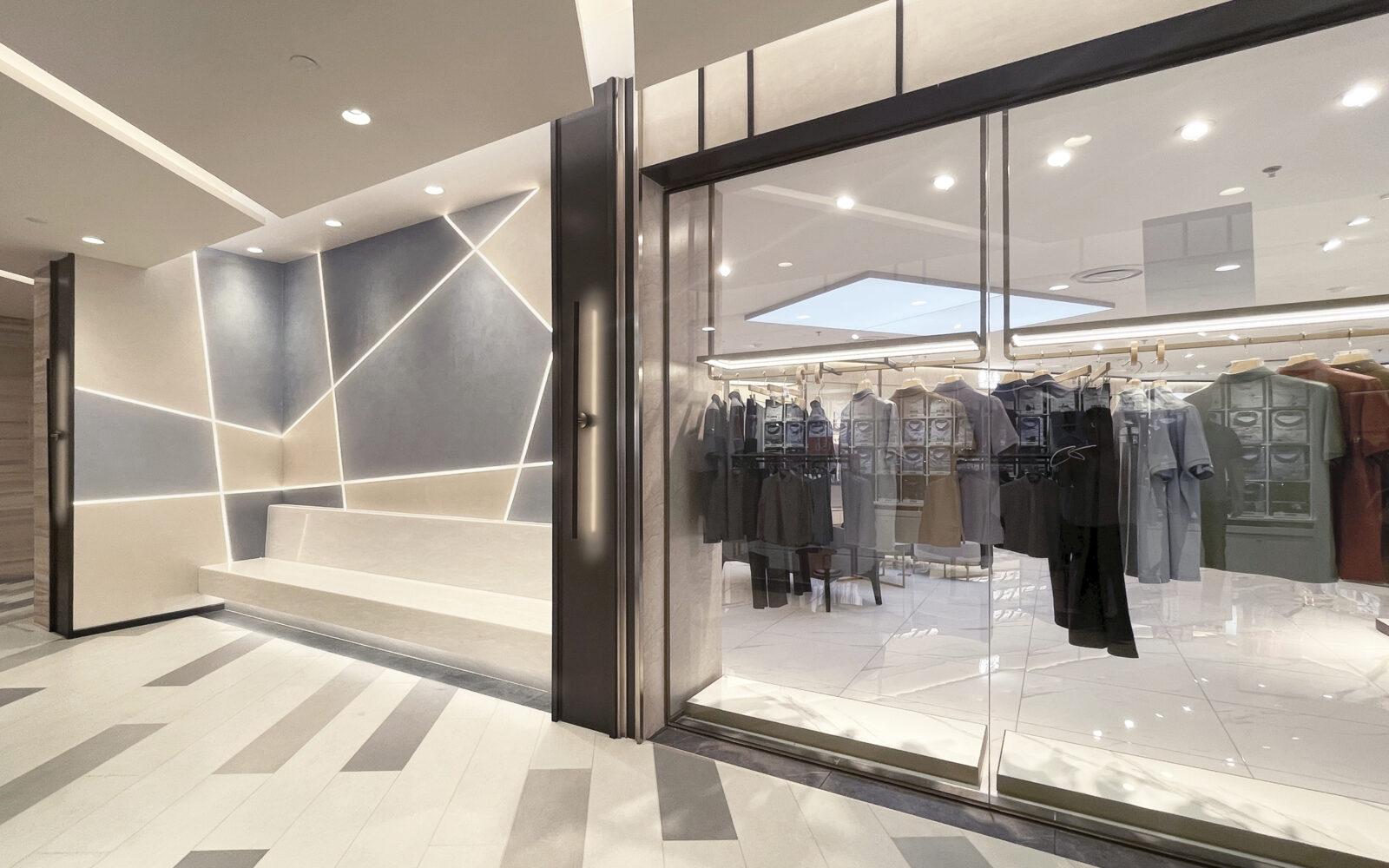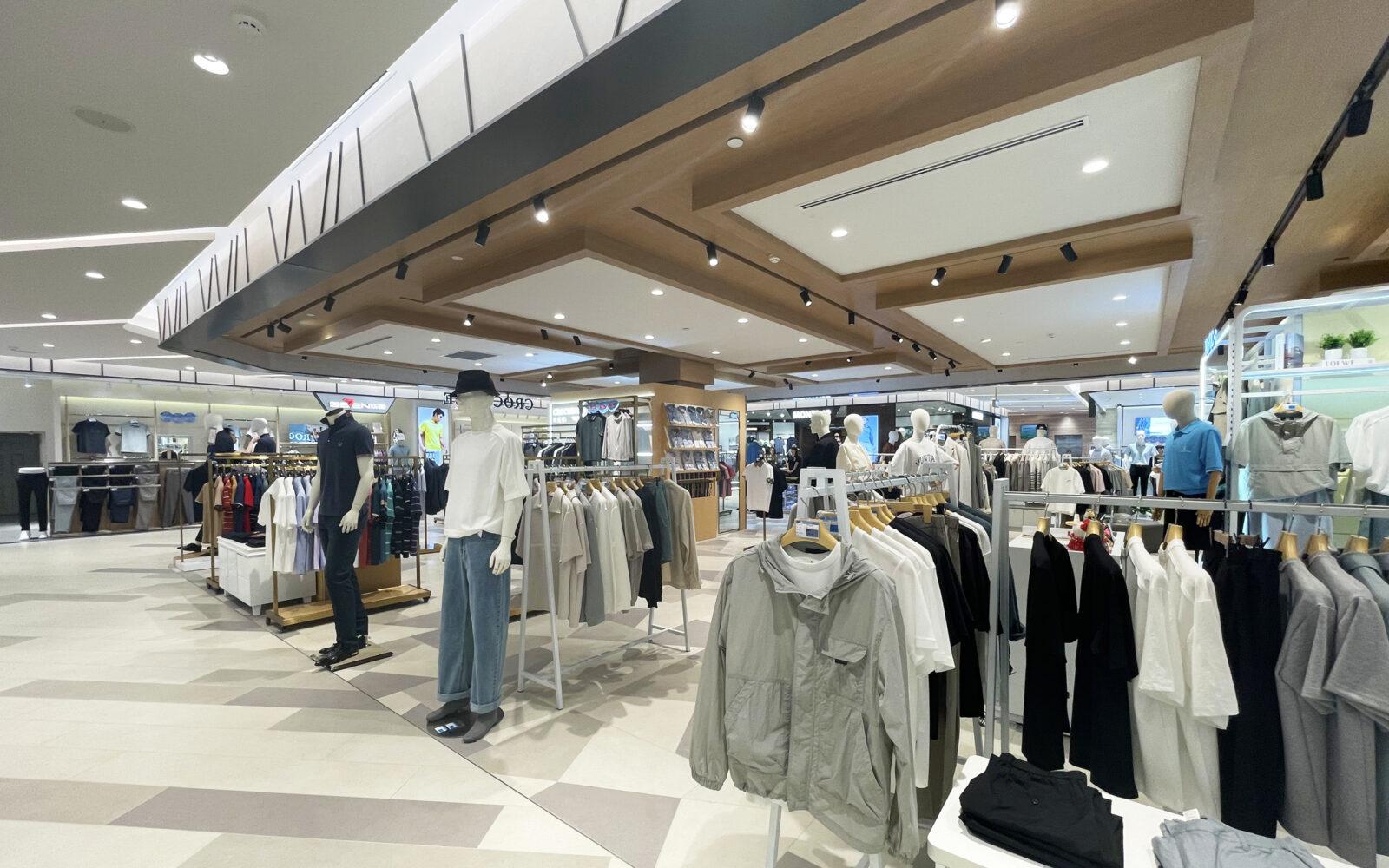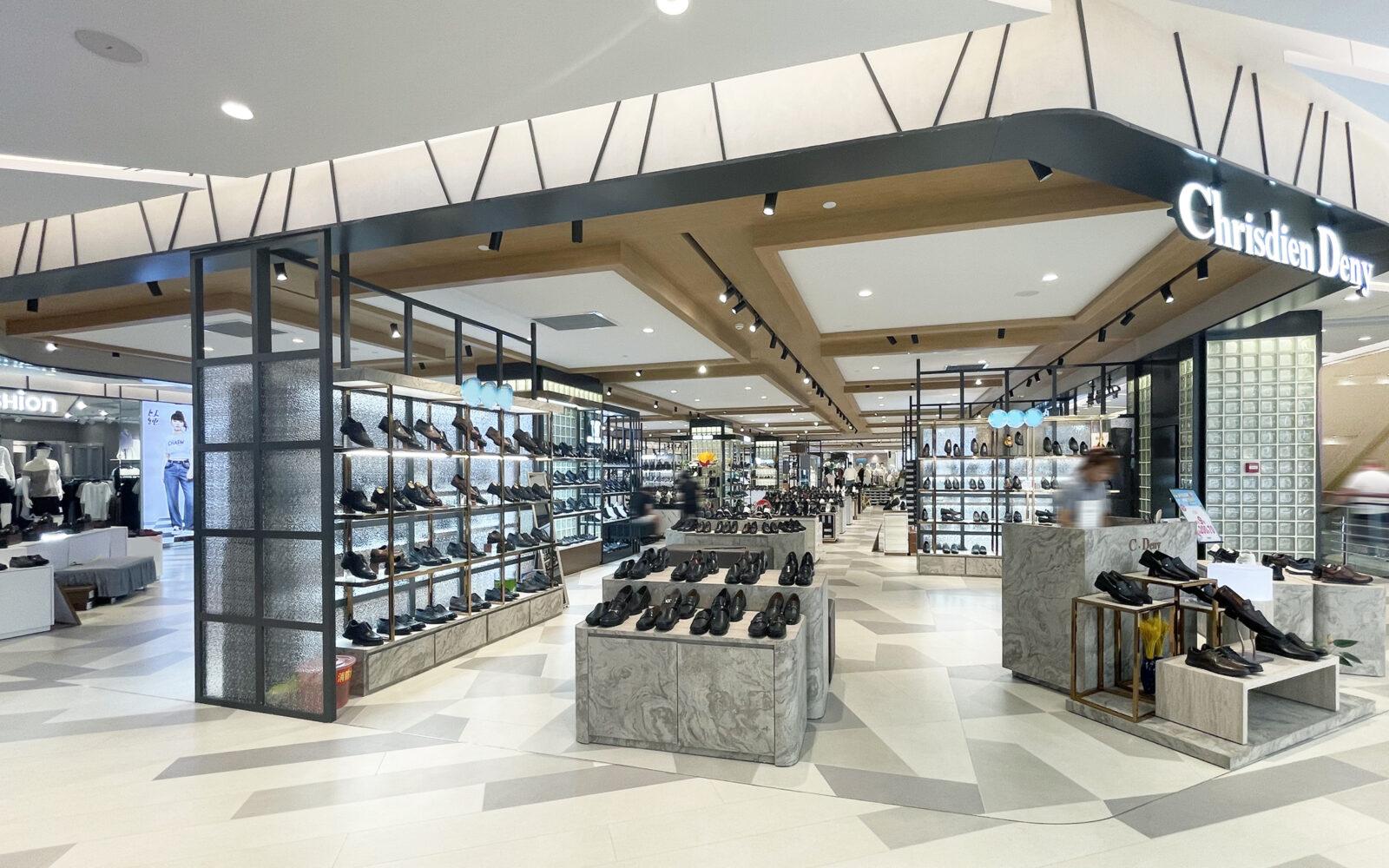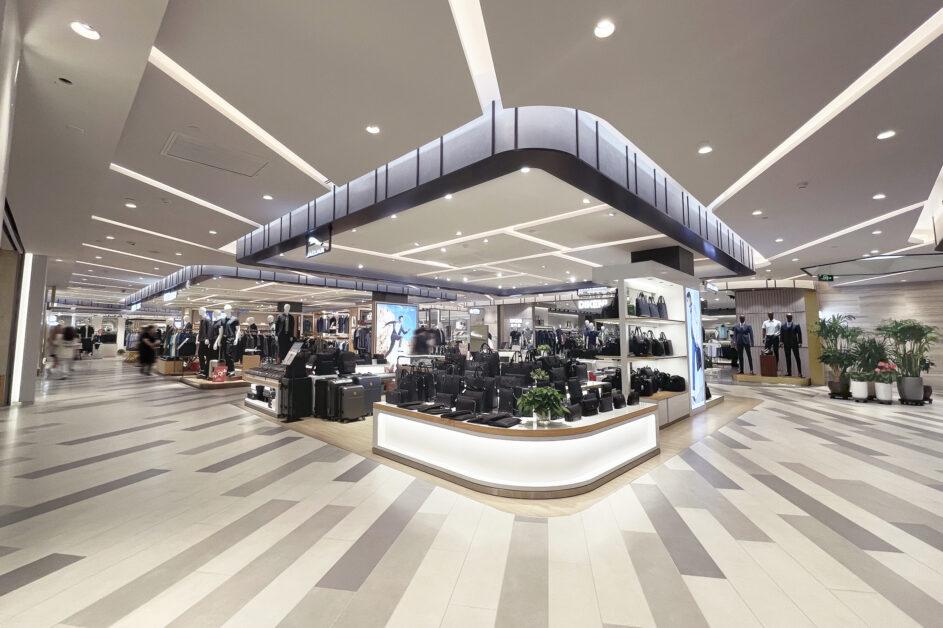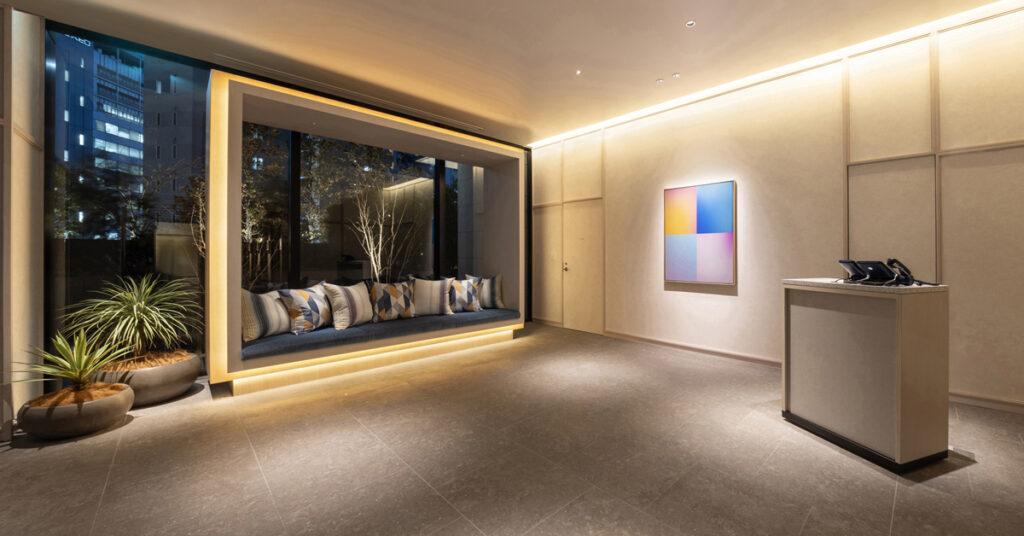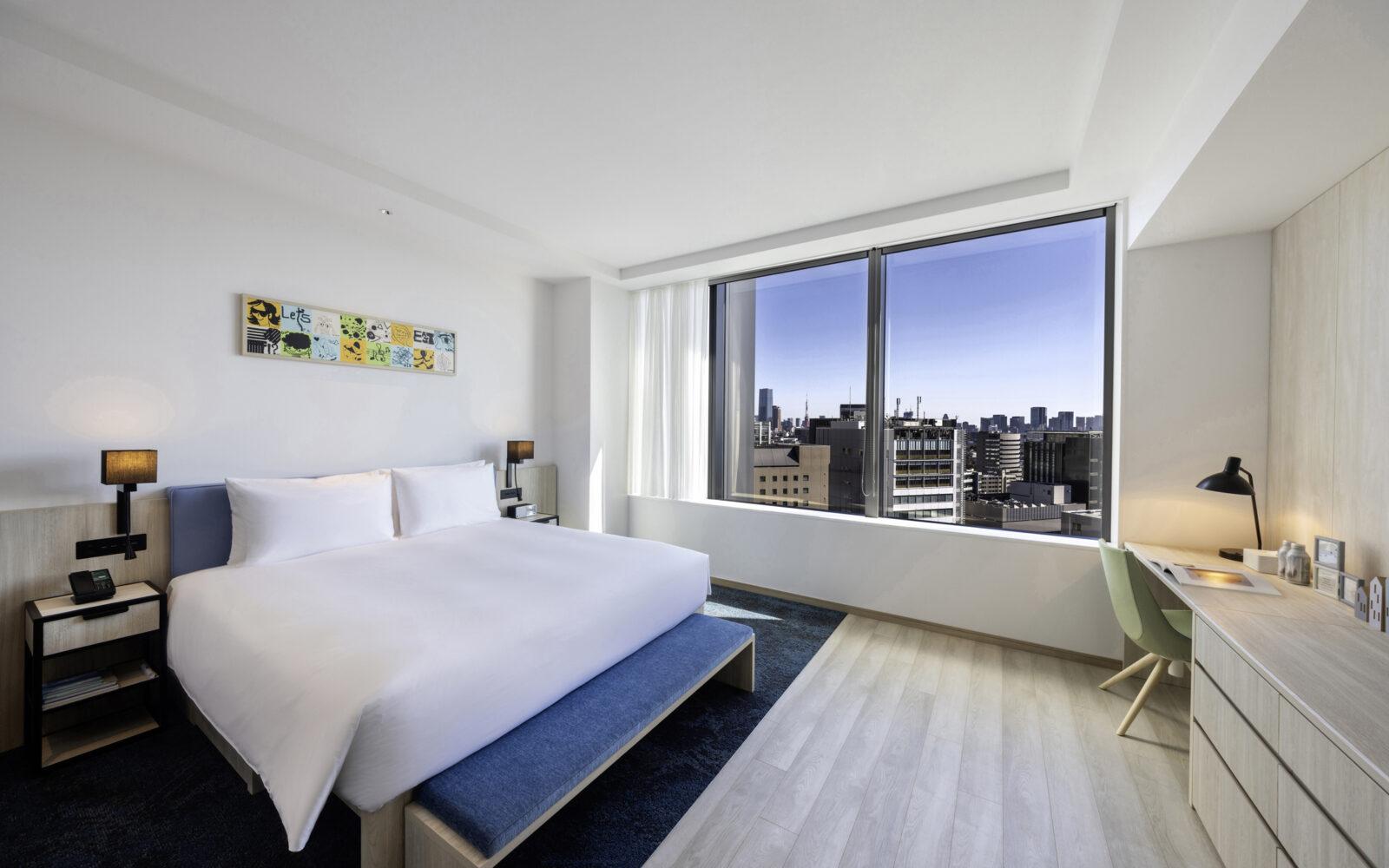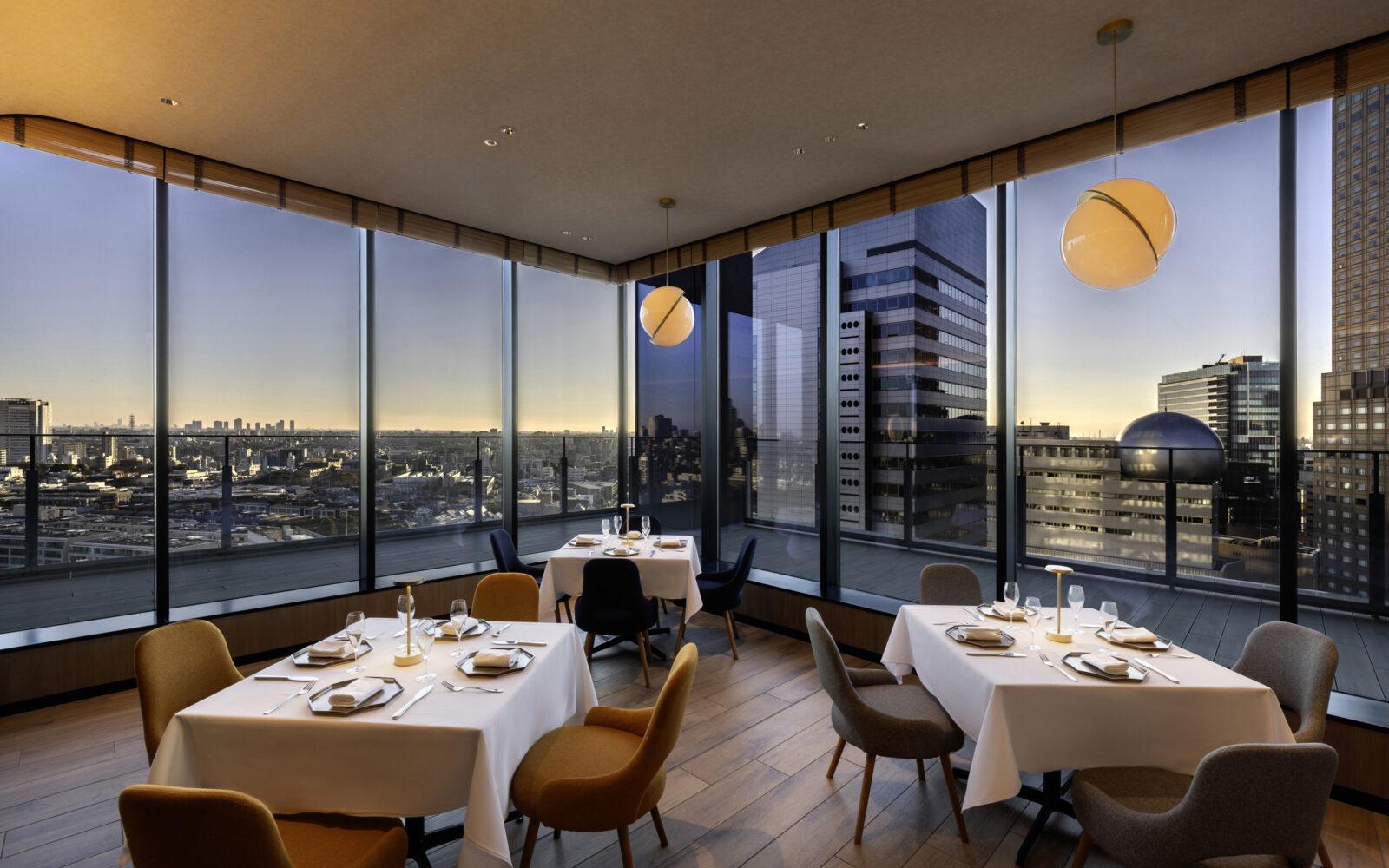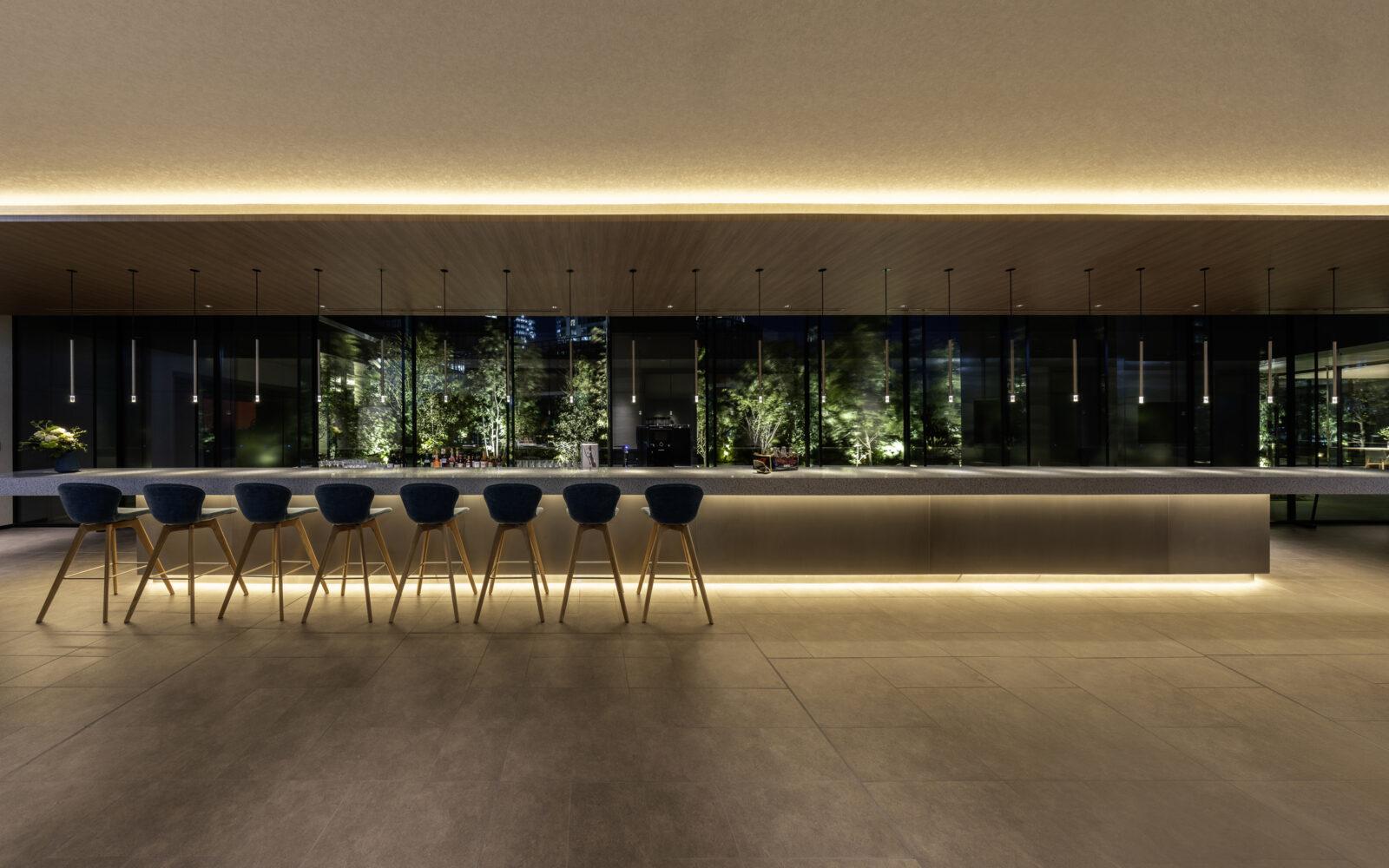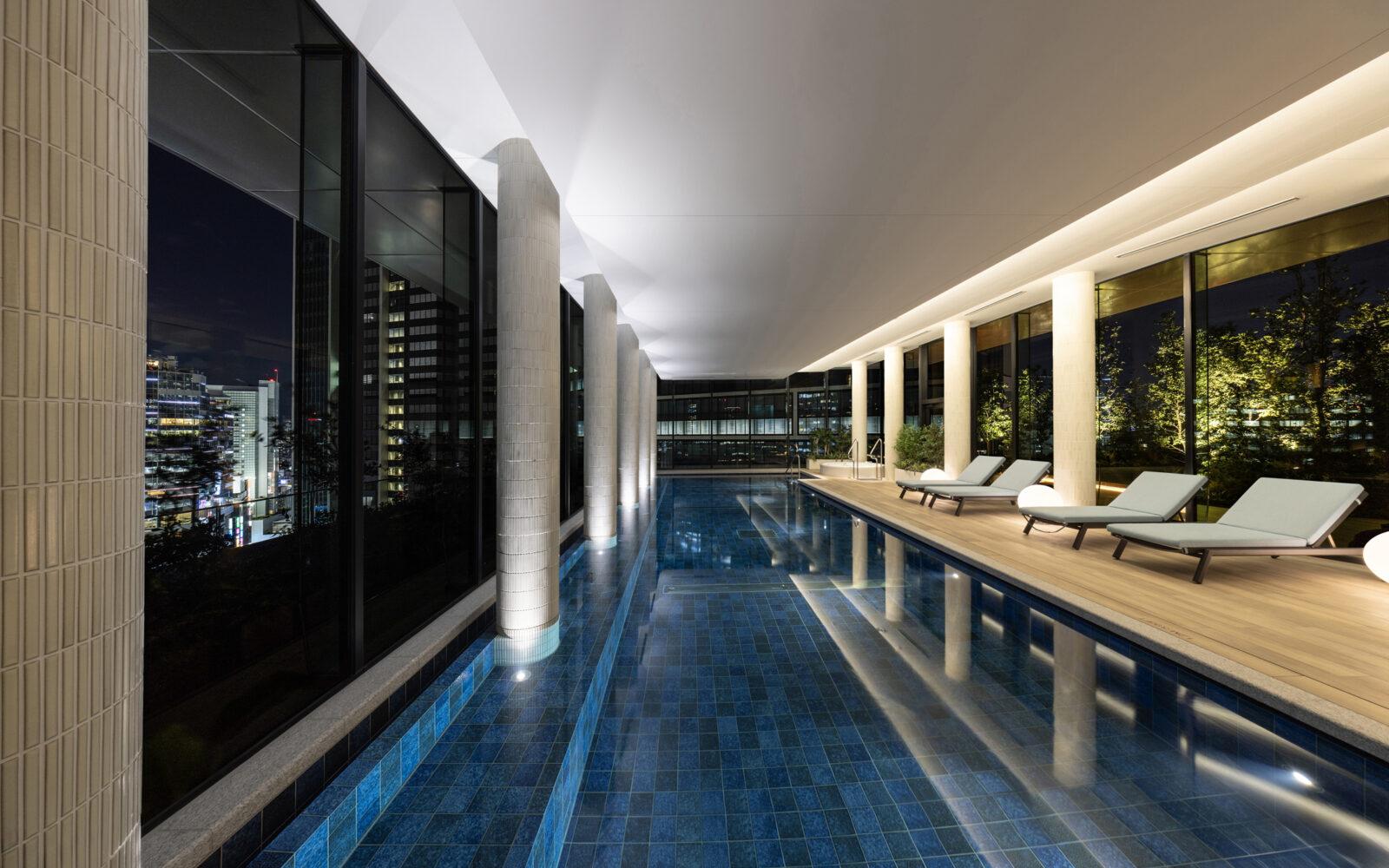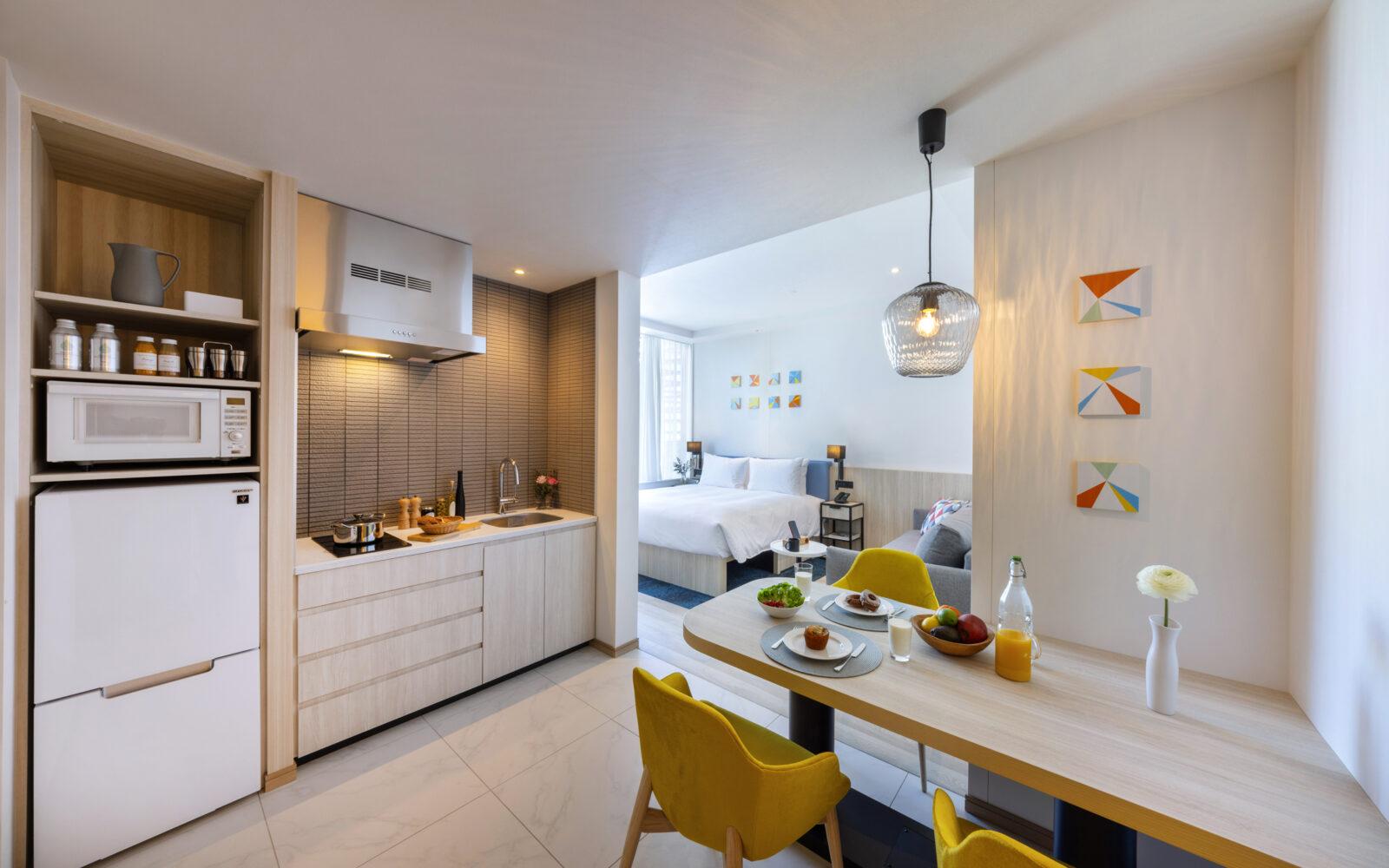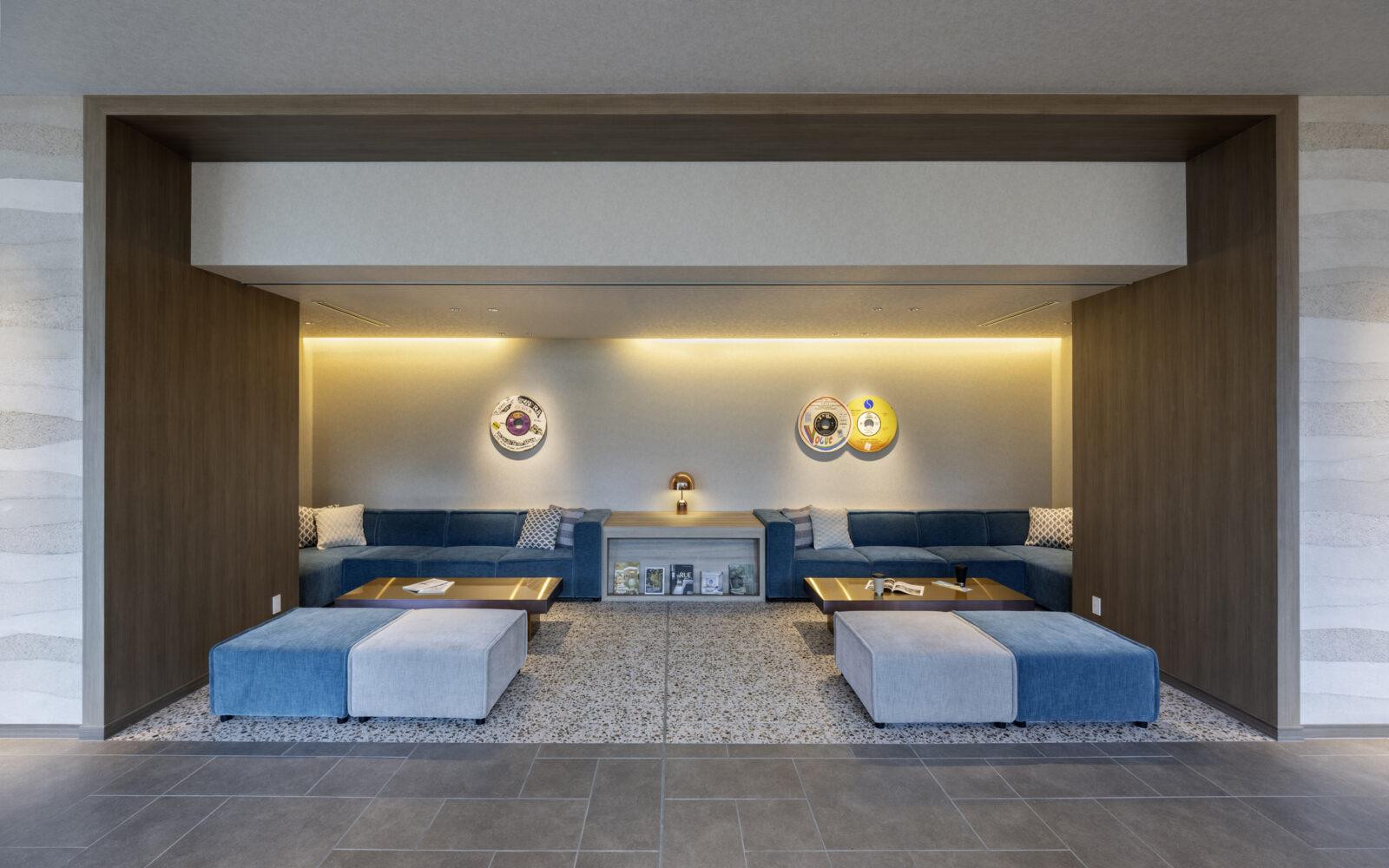GARDE For Hexagon Manufacturing Intelligence’s Tokyo Office Designing a comfortable workplace to reflect corporate brand
Hexagon Manufacturing Intelligence, a global leader in digital reality solutions that integrate sensors, software, and autonomous control technologies, is dedicated to advancing the world towards a sustainable future.
GARDE is honored to oversee the interior design, graphic design, construction management, and furniture selection for the renovation of Hexagon Manufacturing Intelligence’s Tokyo office.
Feature Wall Reflecting the Brand Identity
In the reception area, the first space to greet guests, a feature wall has been crafted to immerse visitors in the corporate brand experience. Drawing inspiration from Hexagon’s diverse range of services in the industrial sector, the feature wall combines perforated metal panels, ribbed wood stained in corporate colors, and specially textured plastering.
Creating a Comfortable and Flexible Workplace
In response to the evolving work dynamics post-COVID-19, we transitioned from fixed seating to Activity Based Working (ABW) at new workplace. ABW empowers employees to choose their work time and location based on their tasks and preferences, fostering flexibility and productivity.
Our goal was to rejuvenate internal communication and productivity by establishing a hybrid workplace conducive to diverse activities. To achieve this, we designed collaboration spaces, solo workstations, a café, and a pantry within the workplace area, forming a dynamic “new communication space.”
Furthermore, we enhanced the ambiance with walls adorned in graphic sheets featuring corporate colors and custom wallpapers inspired by the corporate logo. These elements not only reflect client’s brand identity but also contribute to creating an inspiring and cohesive work environment.
Selecting Environmentally Friendly Materials
In line with the client’s commitment to sustainability, our office design integrates environmentally friendly materials throughout. This includes pendant lighting crafted from recycled and natural wood, 100% recyclable carpeting, and PVC tiles sourced from recycled flooring materials, emphasizing our dedication to minimizing environmental impact.
To further enhance the workspace, greenery has been strategically incorporated. Not only does this add a touch of nature to the office environment, but it also promotes relaxation, reduces eye strain, and boosts productivity. By bringing elements of the outdoors indoors, we aim to create a workspace that not only supports employee well-being but also fosters a deeper connection to nature.
■Designer Profile
Nobuyuki Ueno
International Design Division, Office Department, Chief Designer
Joined GARDE after working for a domestic design firm, where he was involved in a diverse array of interior design projects, including offices, hotels, and commercial facilities. He also gained experience in interior design at an Australian design firm. He consistently strives to propose innovative activities and values, always approaching his work with a global perspective.
■Scope of work
Interior Design, Graphic Design, Construction Supervision, Furniture Selection
■Property Information
Hexagon Manufacturing Intelligence Office Design
Completion and Handover Date: 2023/ 10
Floor Area: 1026㎡
■About Hexagon Manufacturing Intelligence
Hexagon Manufacturing Intelligence provides data-driven solutions from design to engineering, engineering to metrology to support customers in manufacturing even smarter products.
HP:https://h-mi.jp/lp-company/
Image Credit: Kenji MASUNAGA

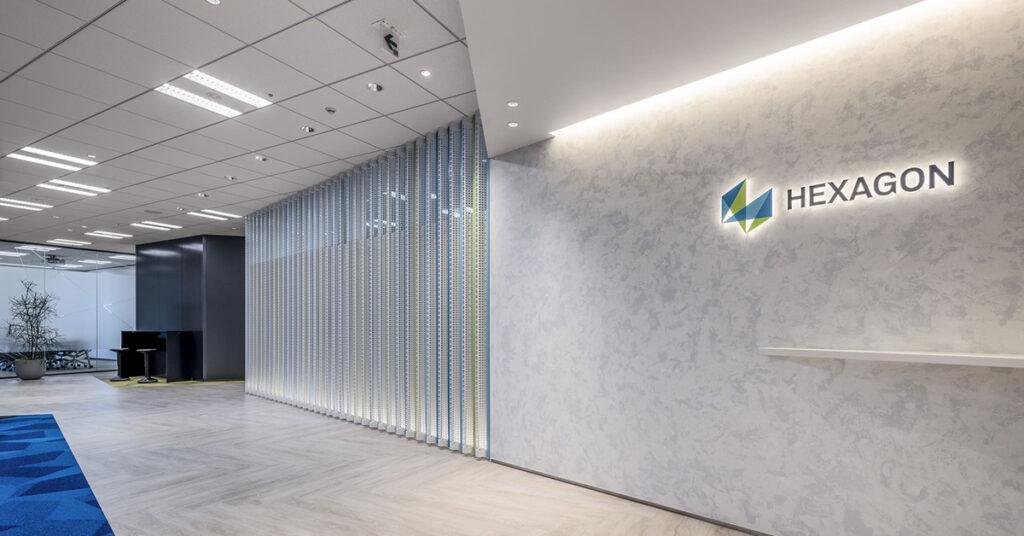
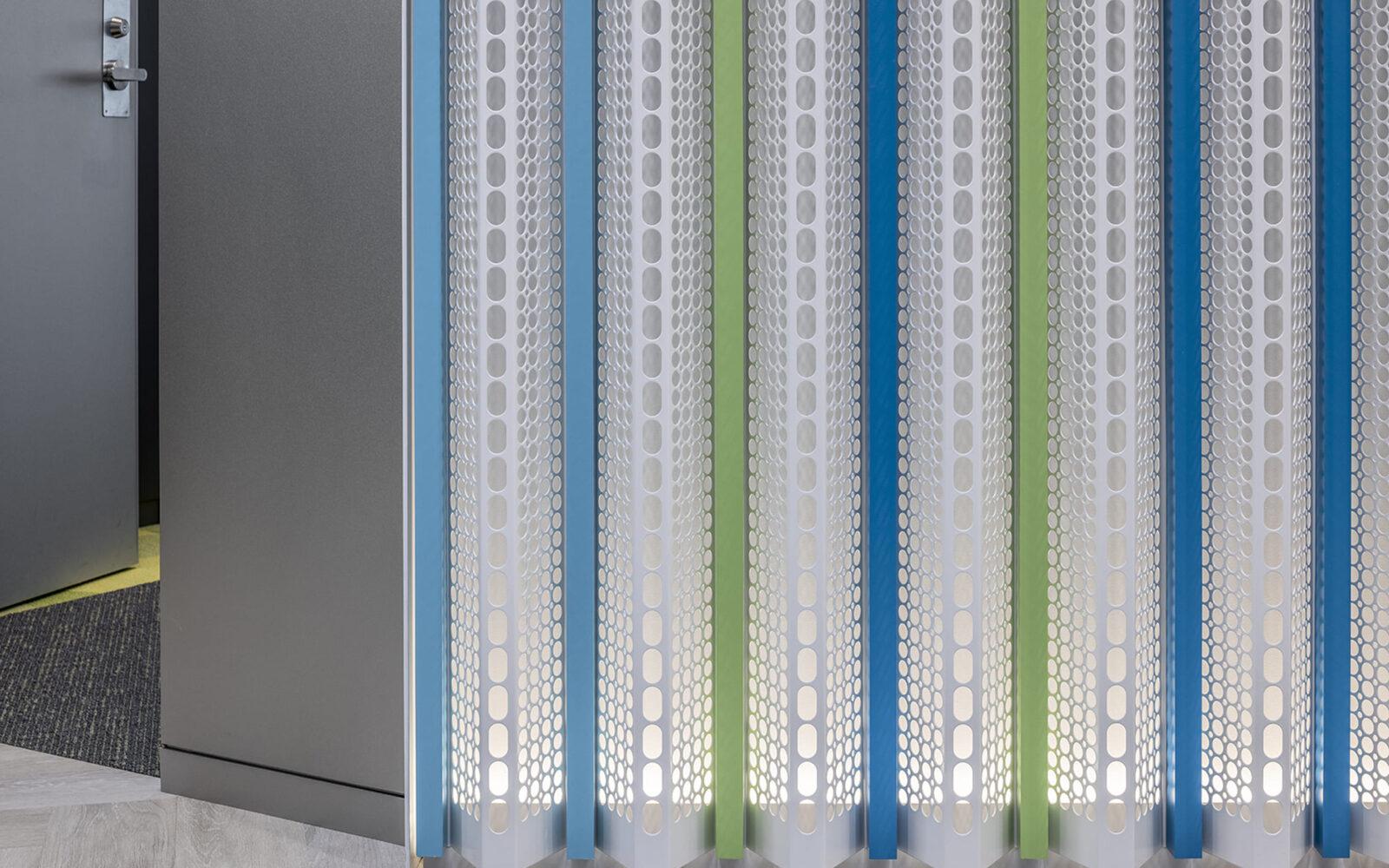
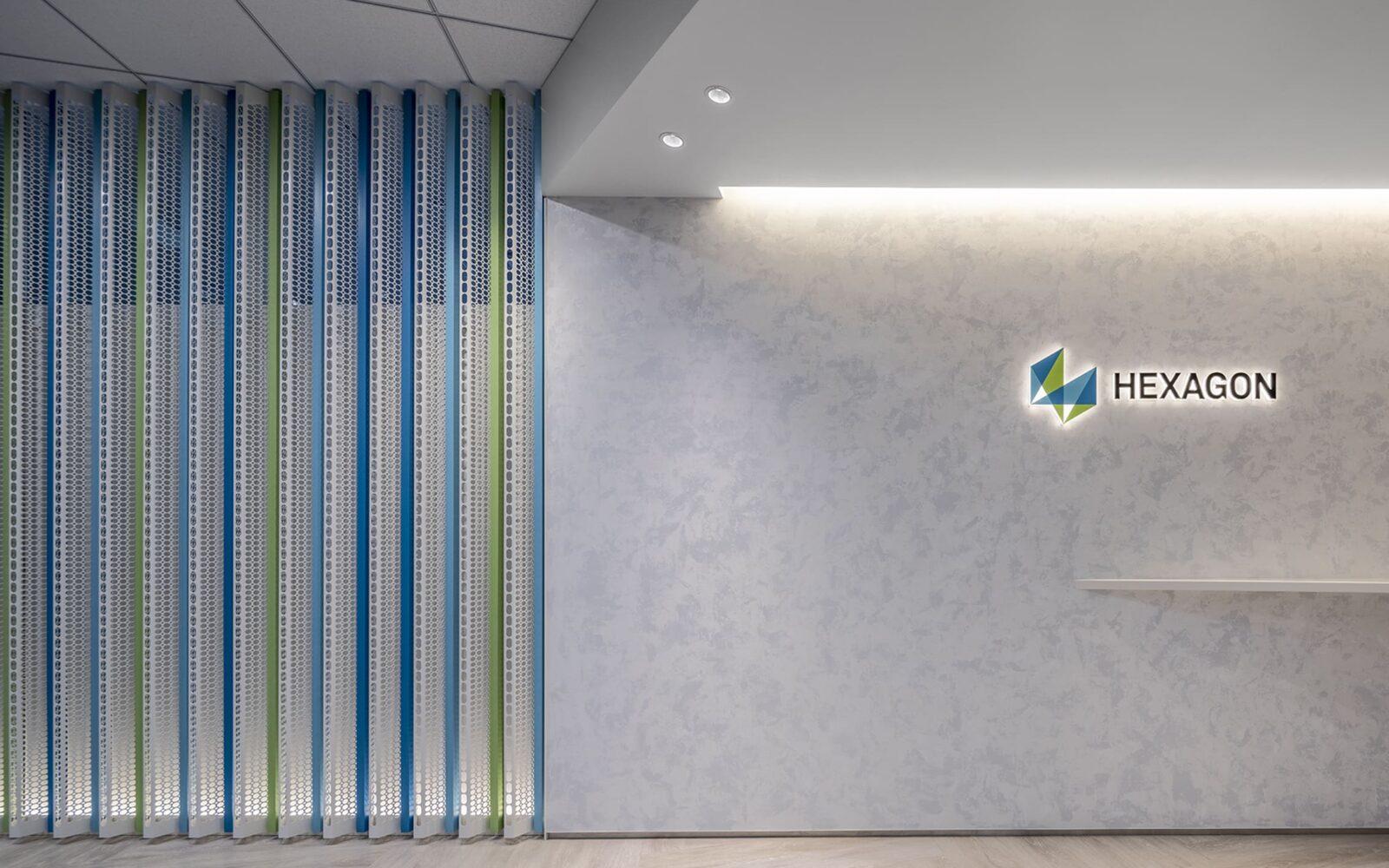
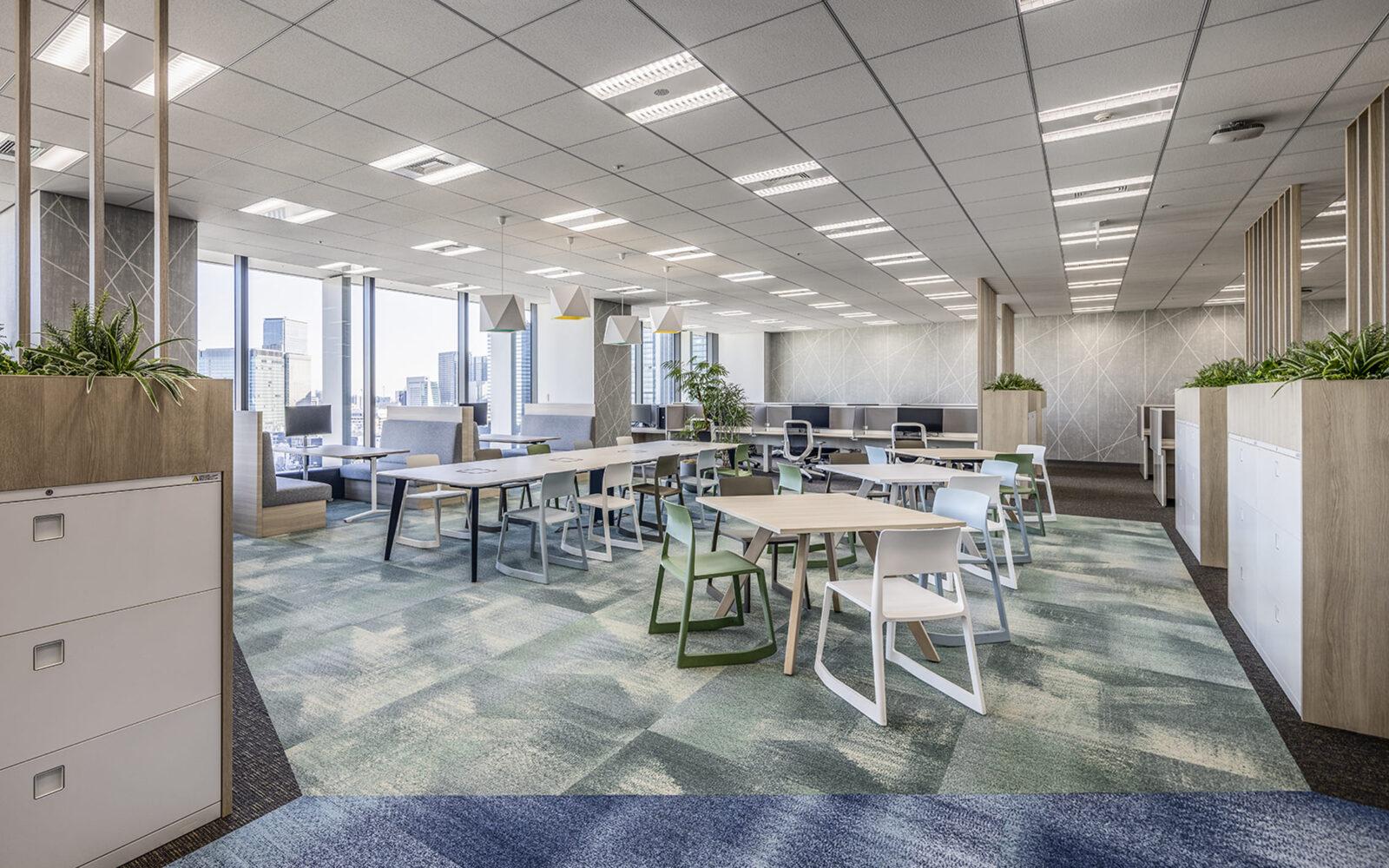
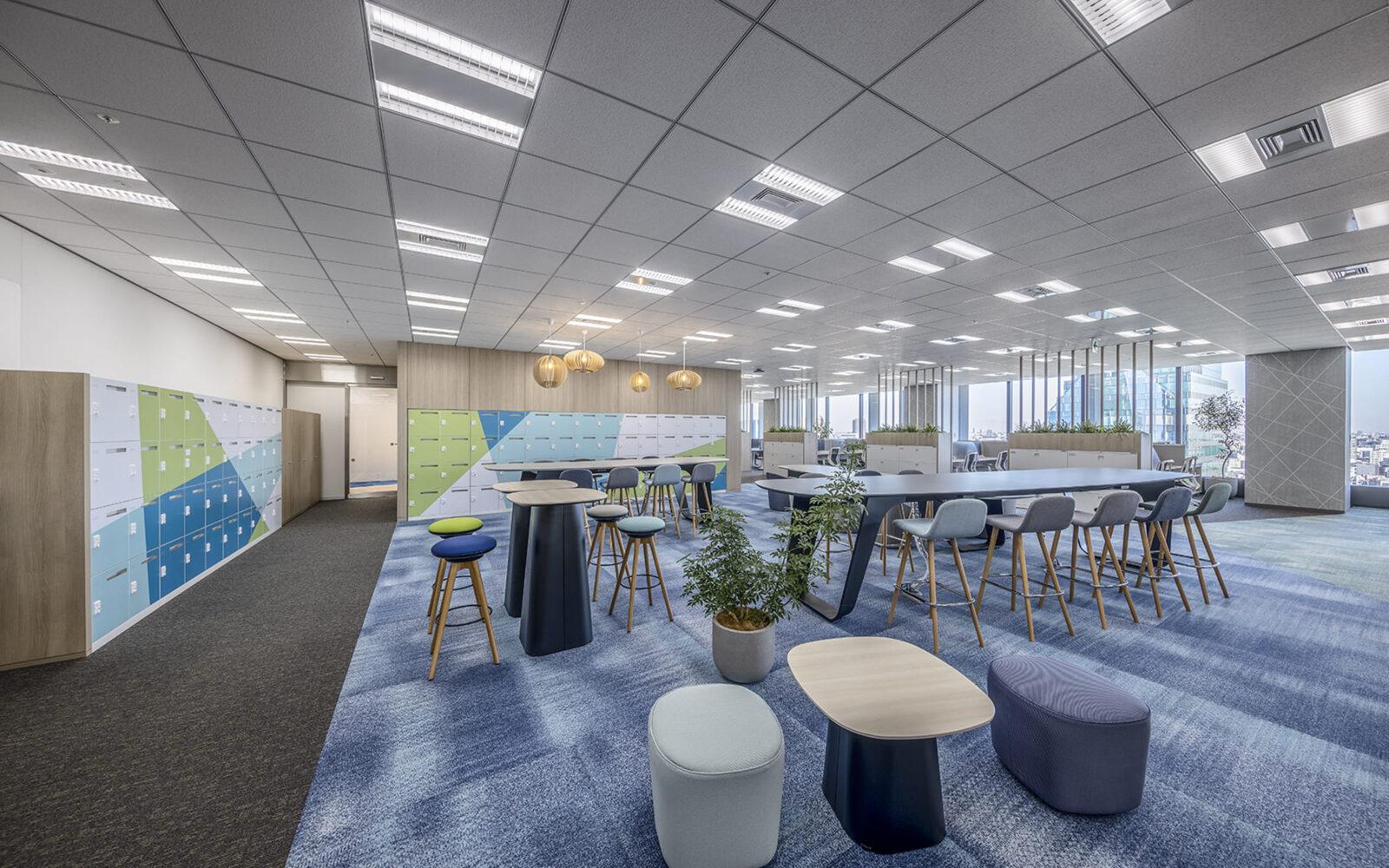
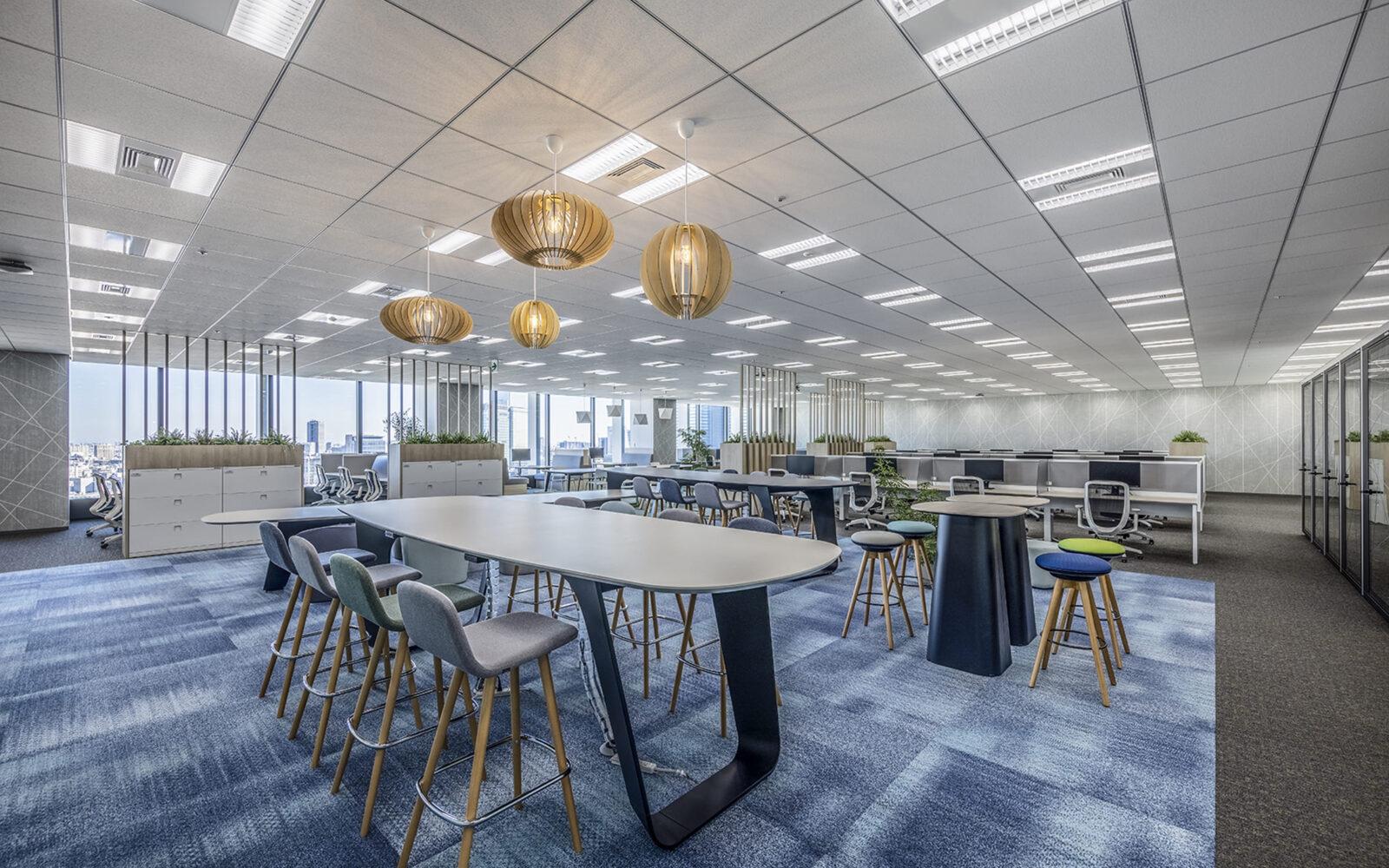
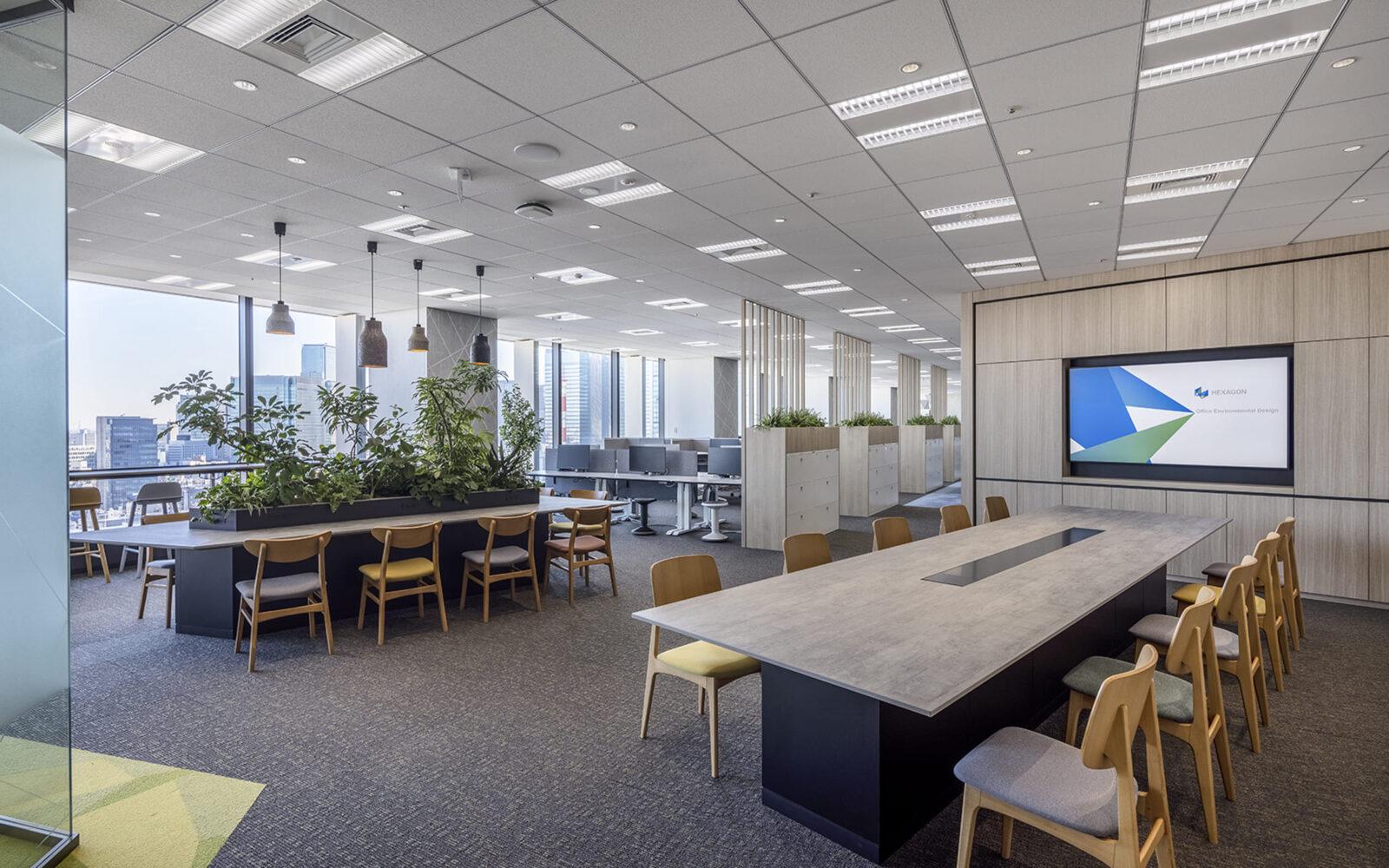
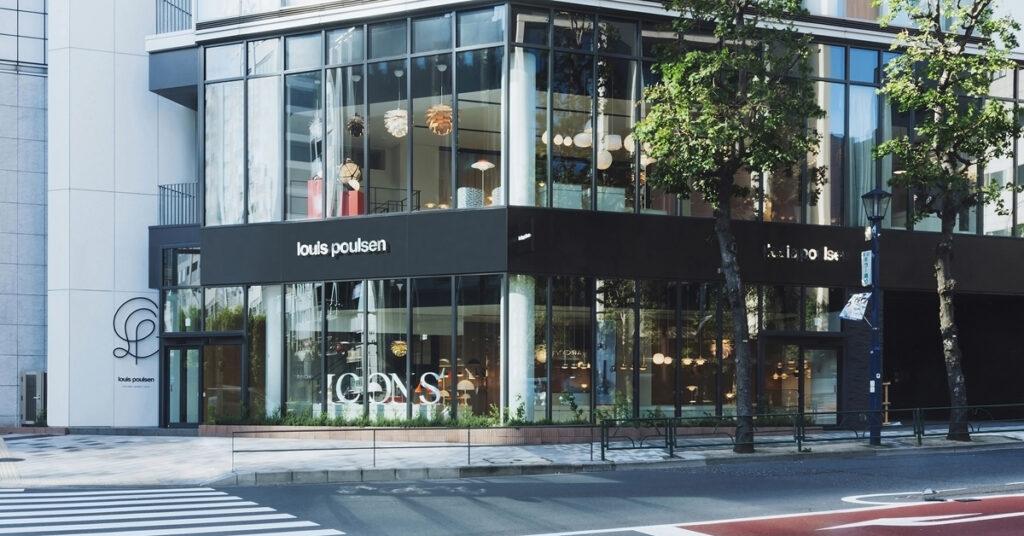
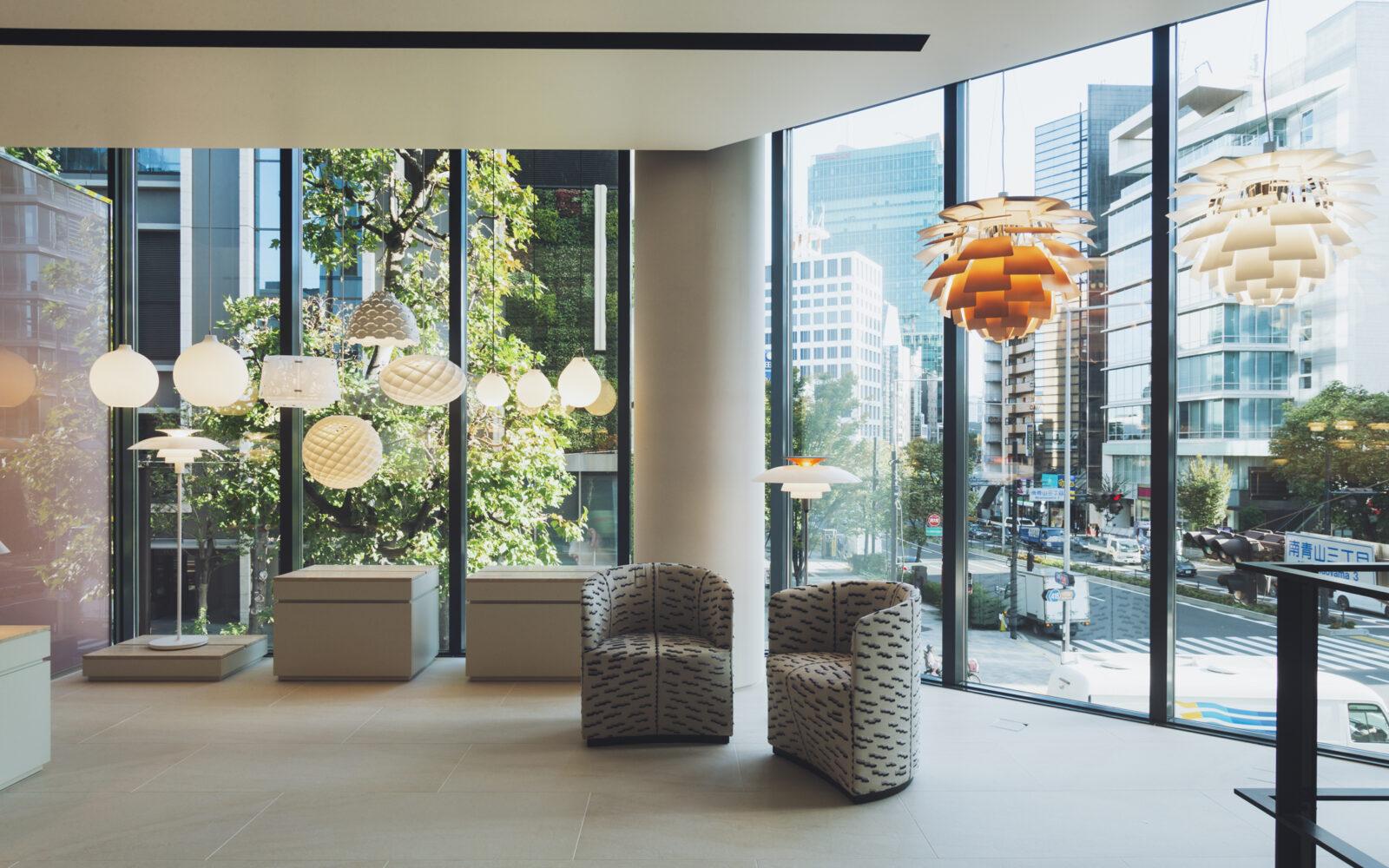
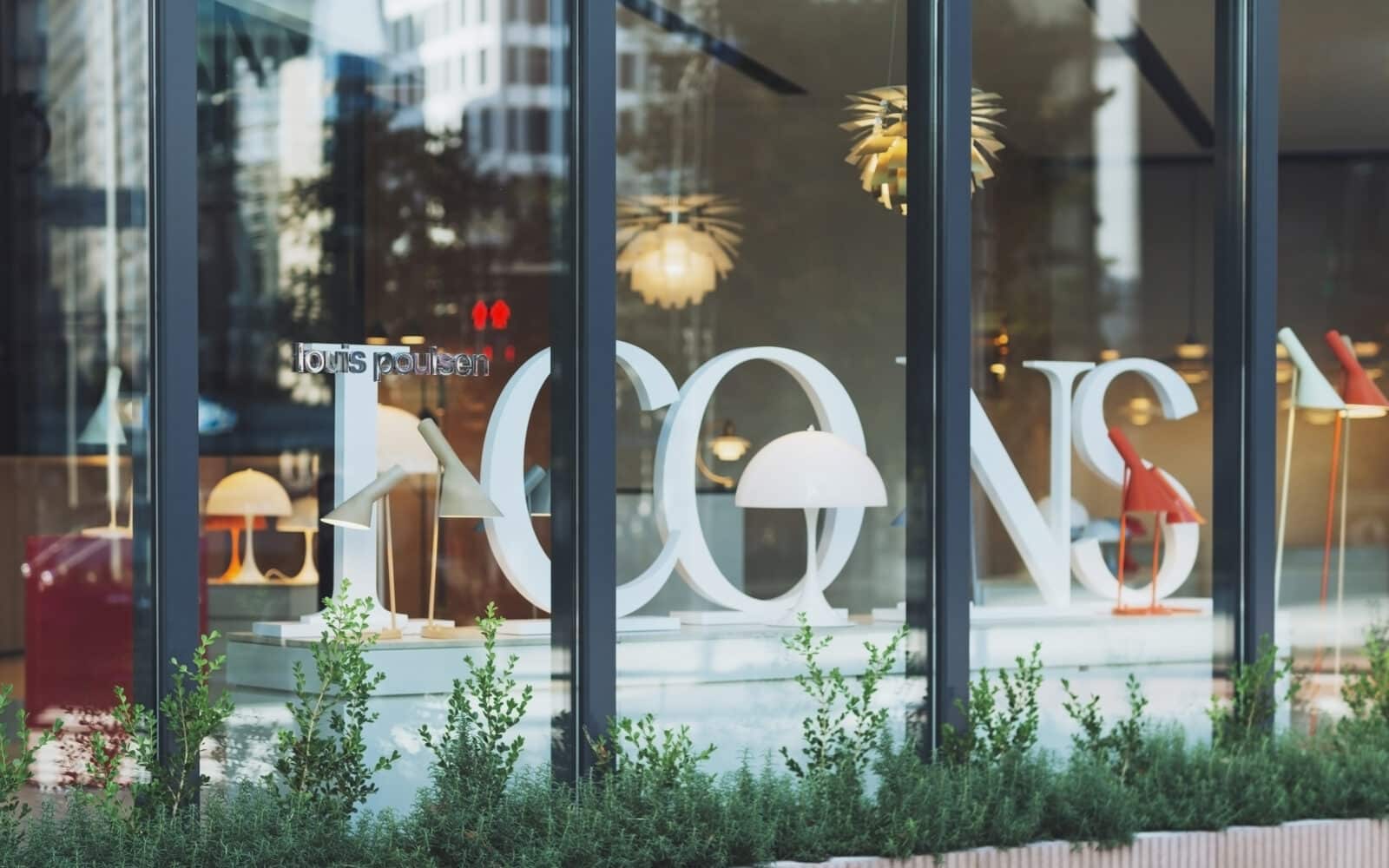

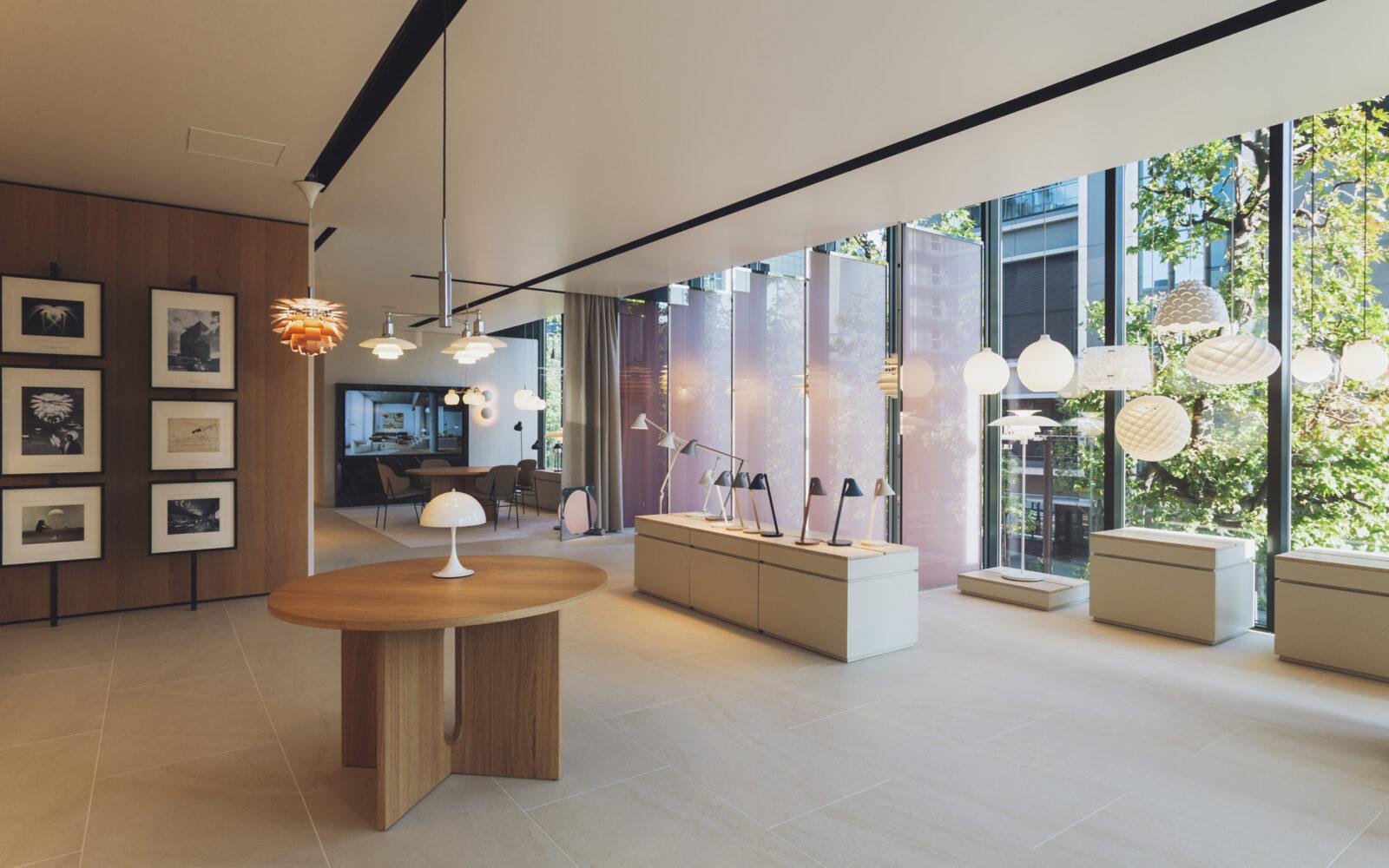
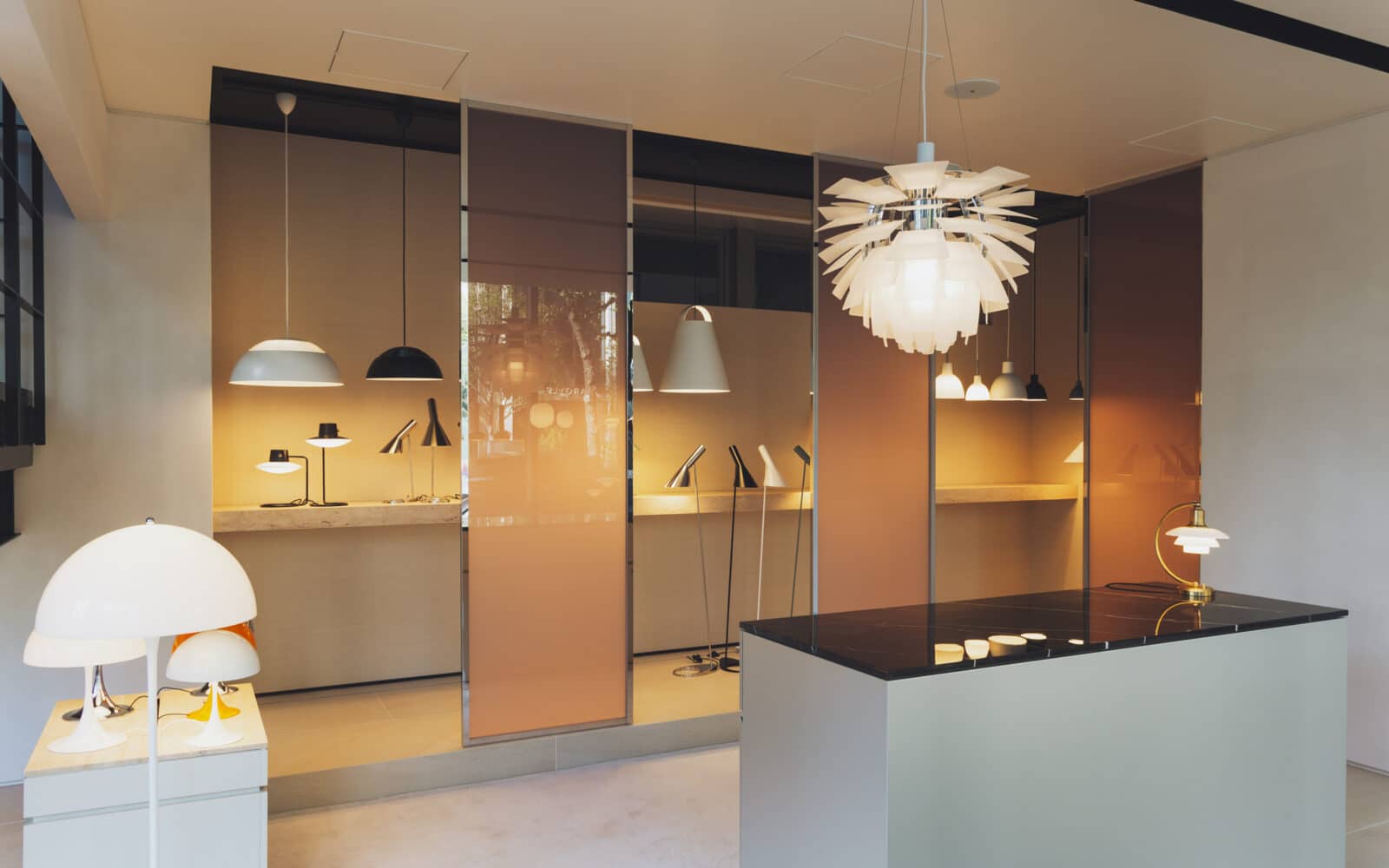
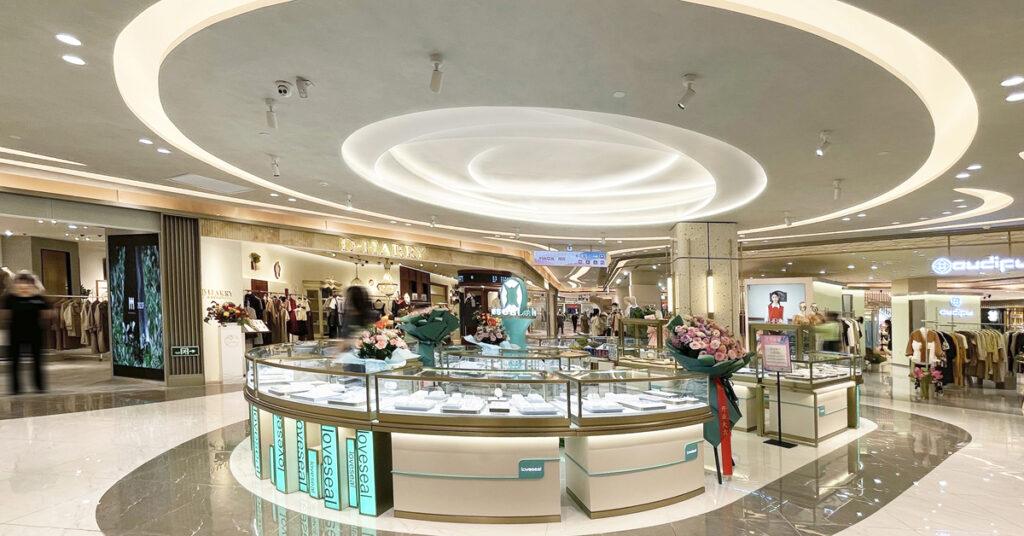
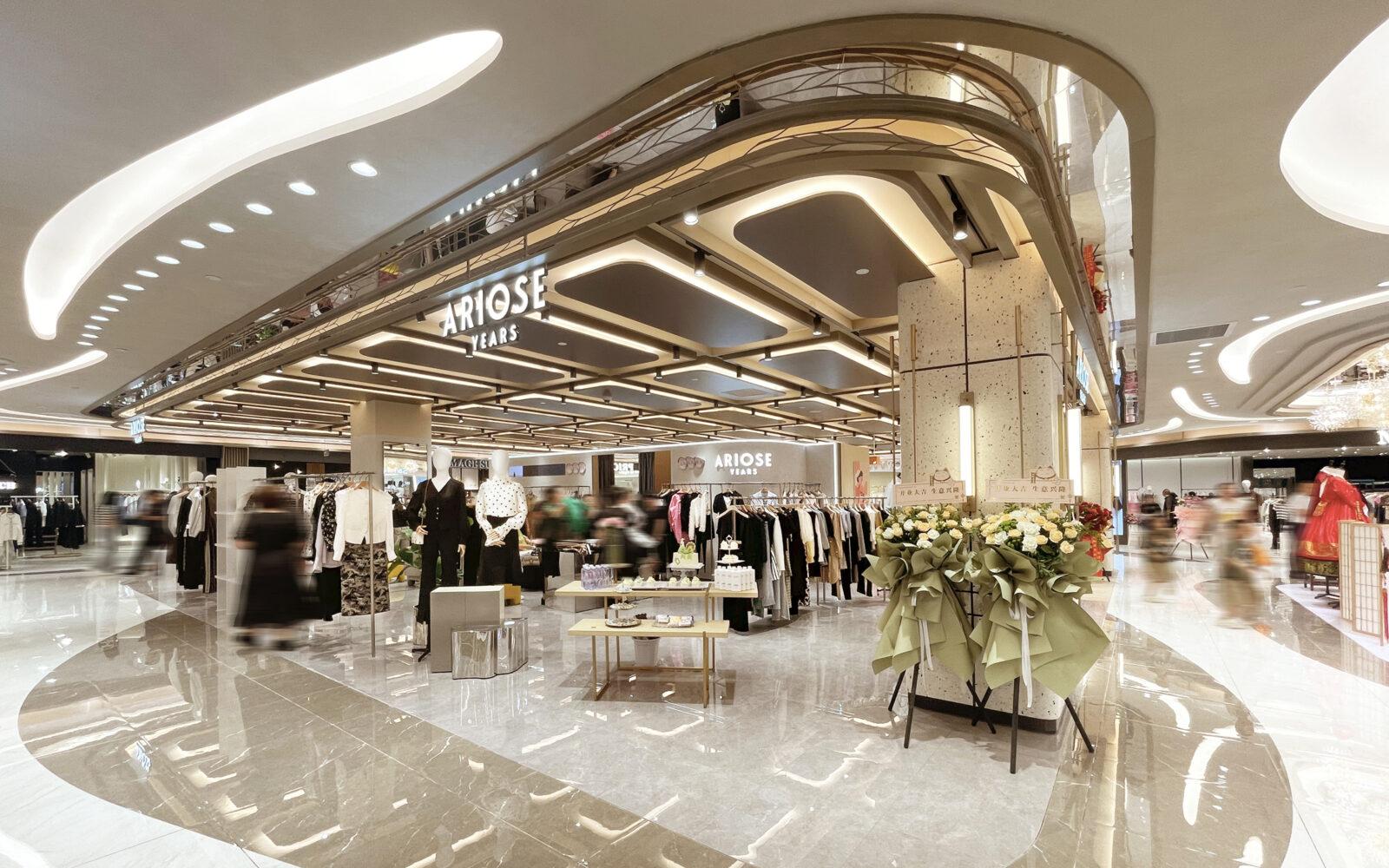
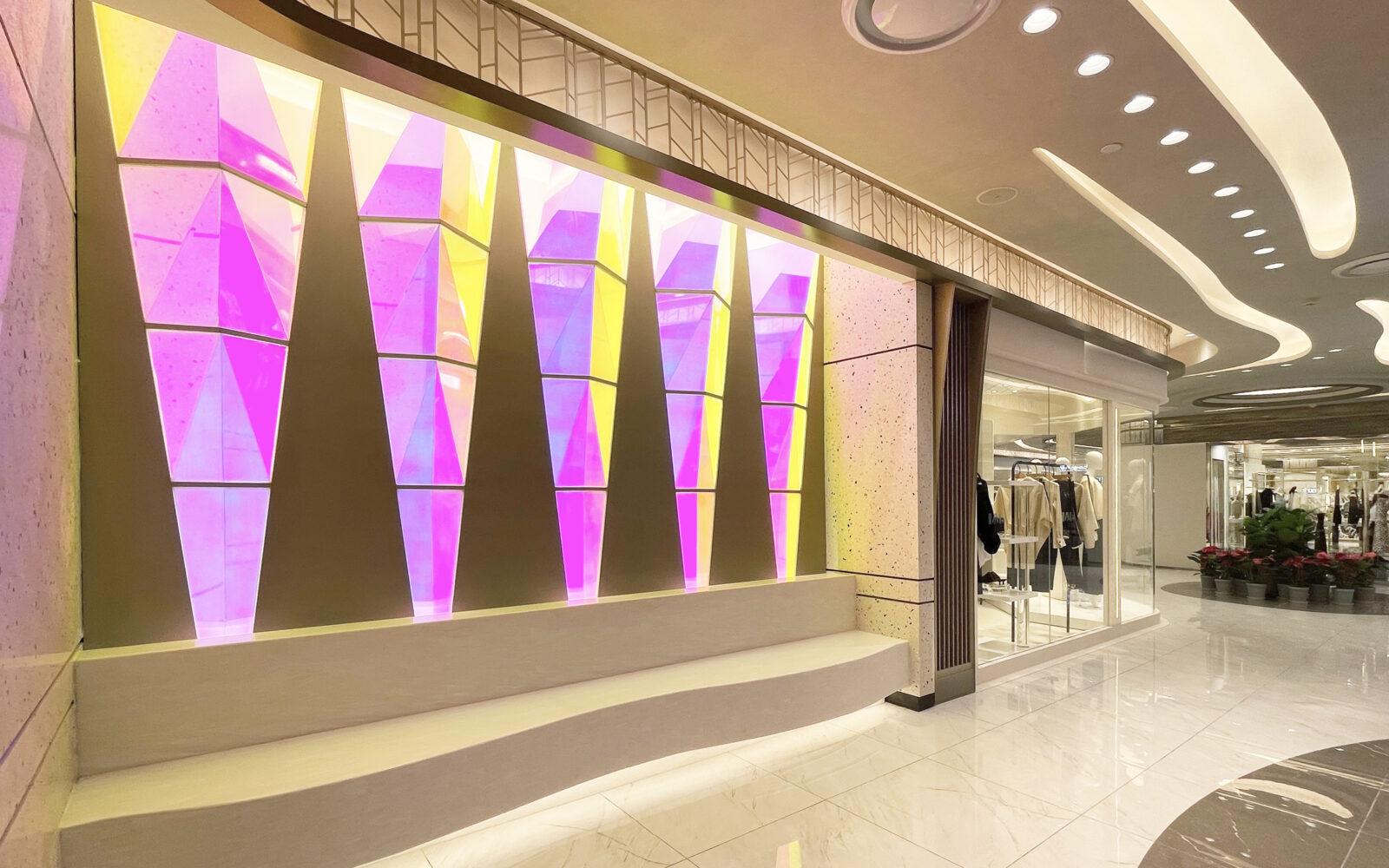
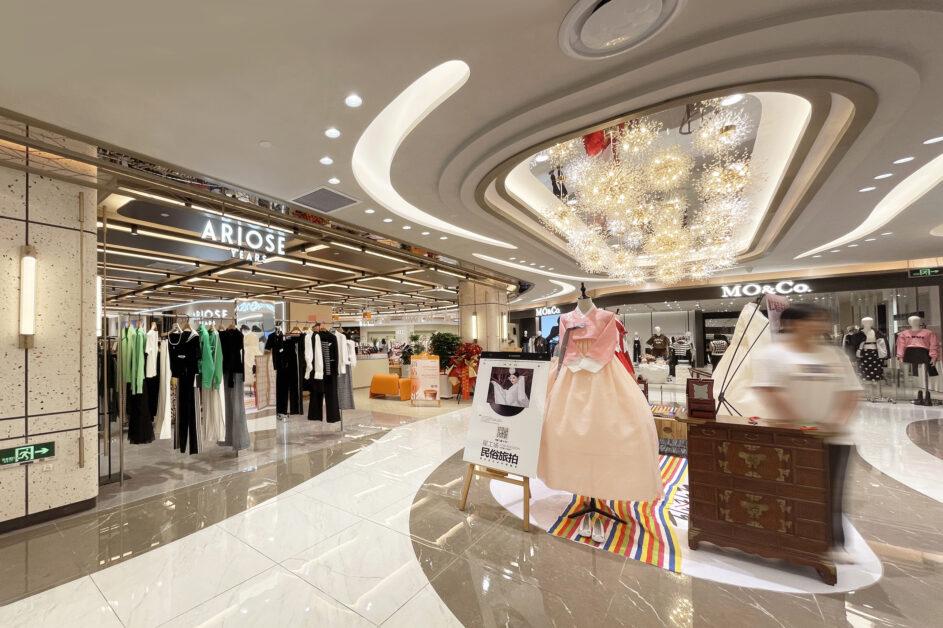
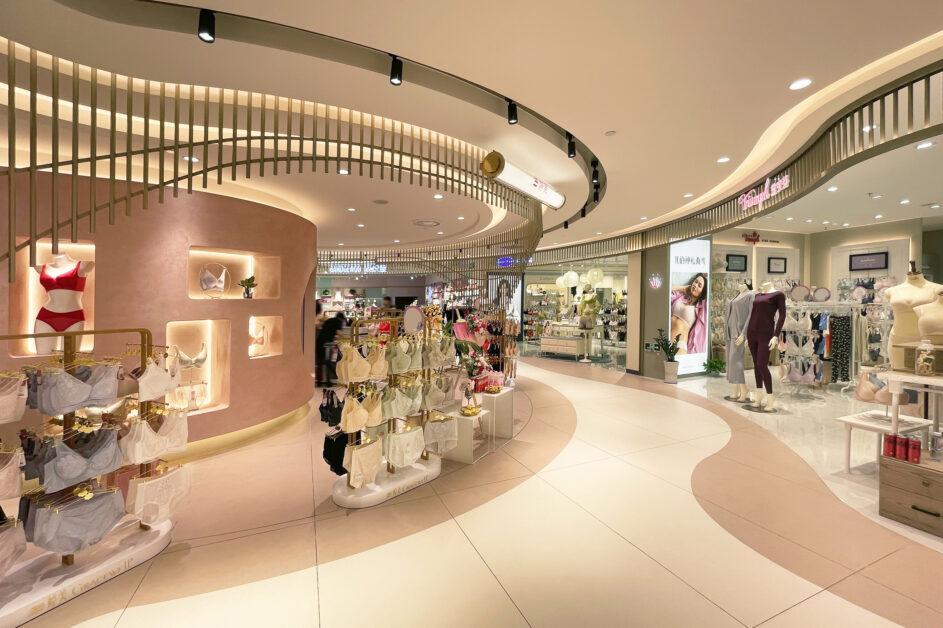
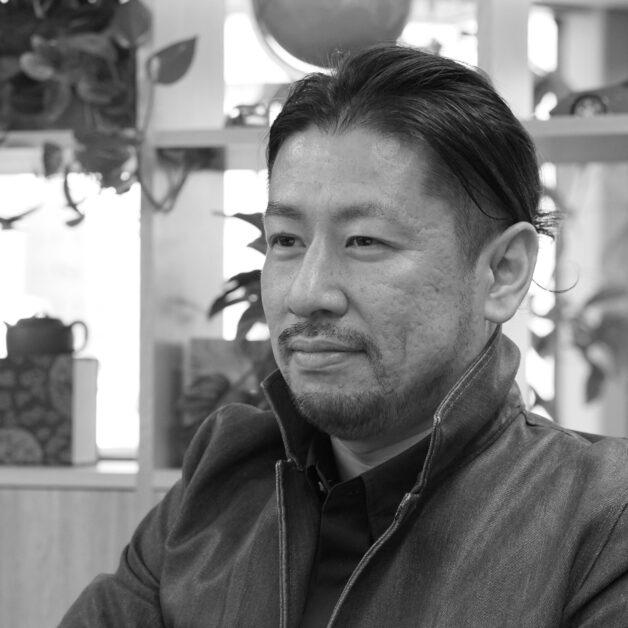 After working on the design of large-scale commercial facilities at a domestic design firm, he joined Garde in 2021.While designing mainly large commercial facilities such as department stores, he has also worked on many specialty stores. He is currently working on a wide range of projects mainly in Asia.
After working on the design of large-scale commercial facilities at a domestic design firm, he joined Garde in 2021.While designing mainly large commercial facilities such as department stores, he has also worked on many specialty stores. He is currently working on a wide range of projects mainly in Asia.